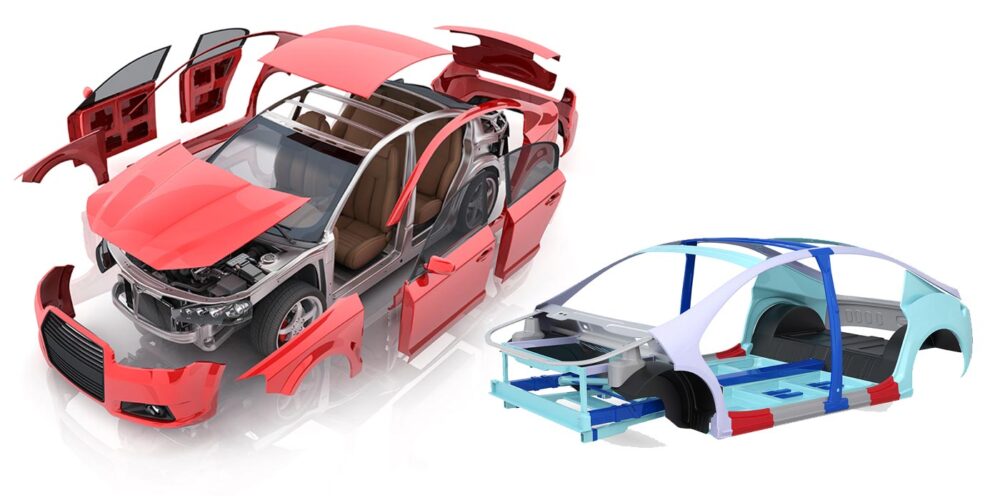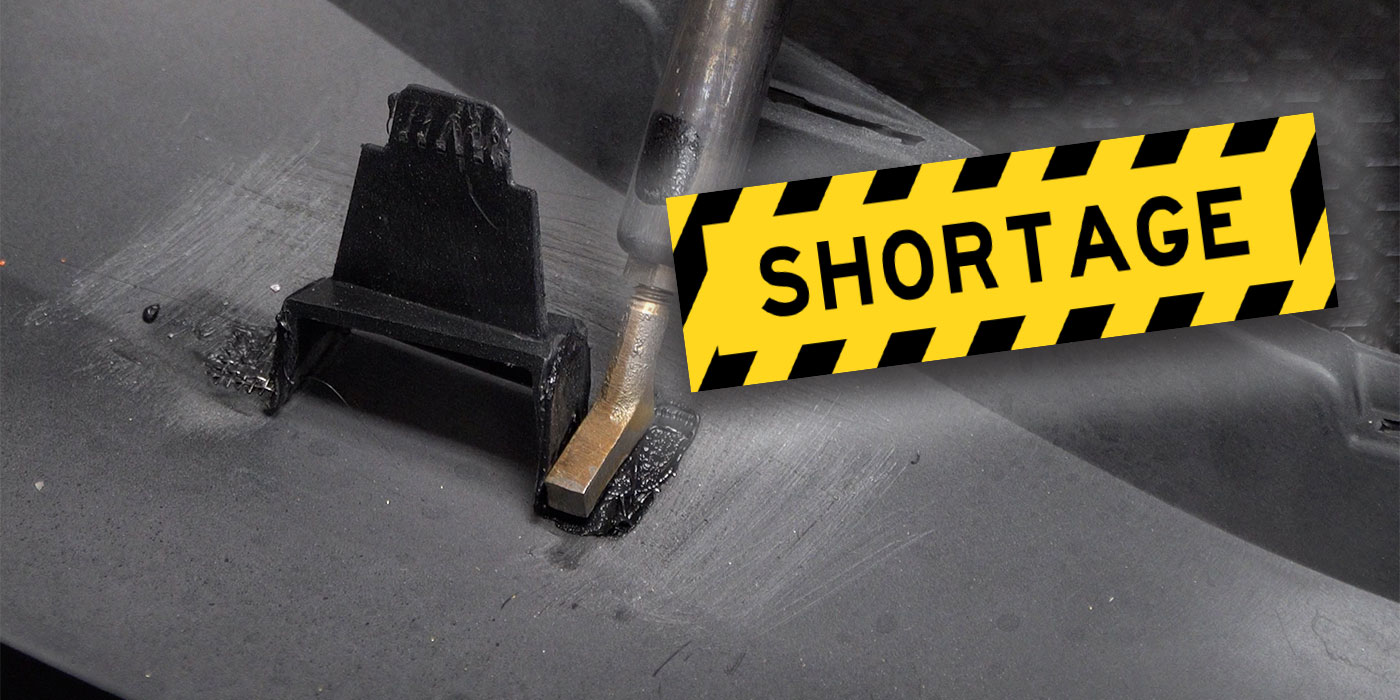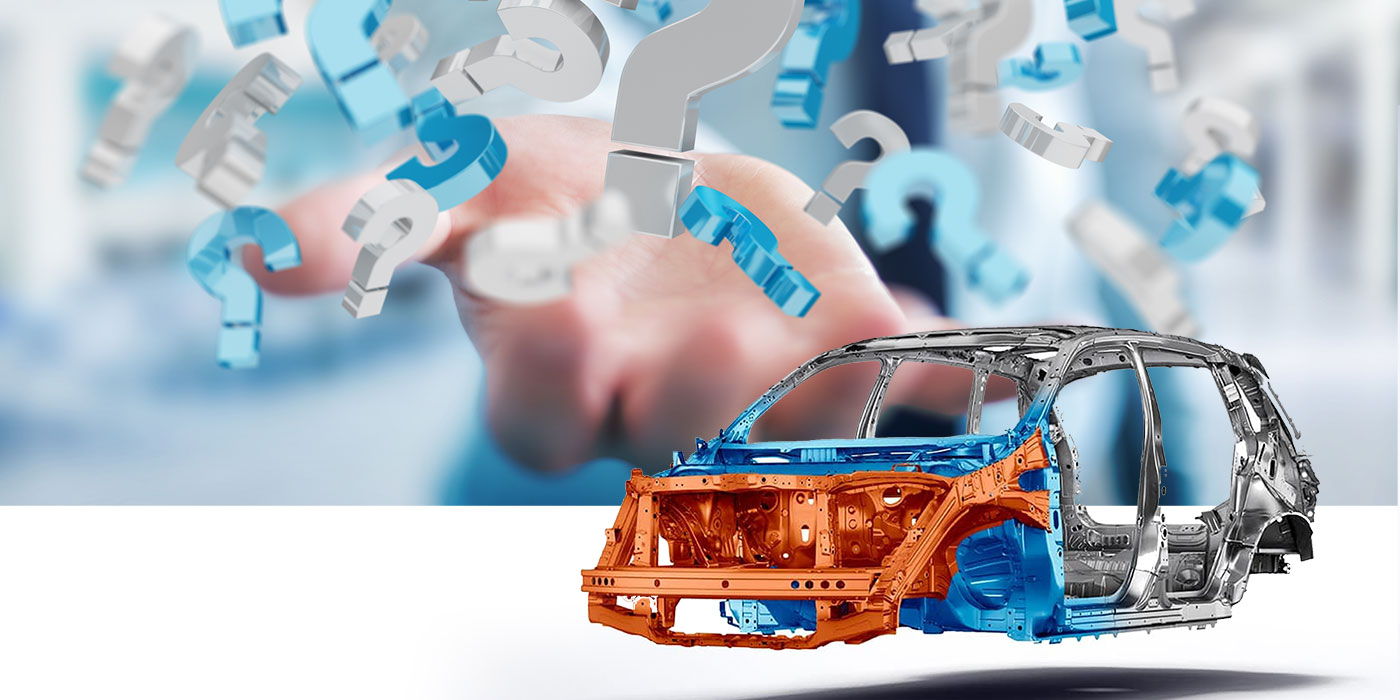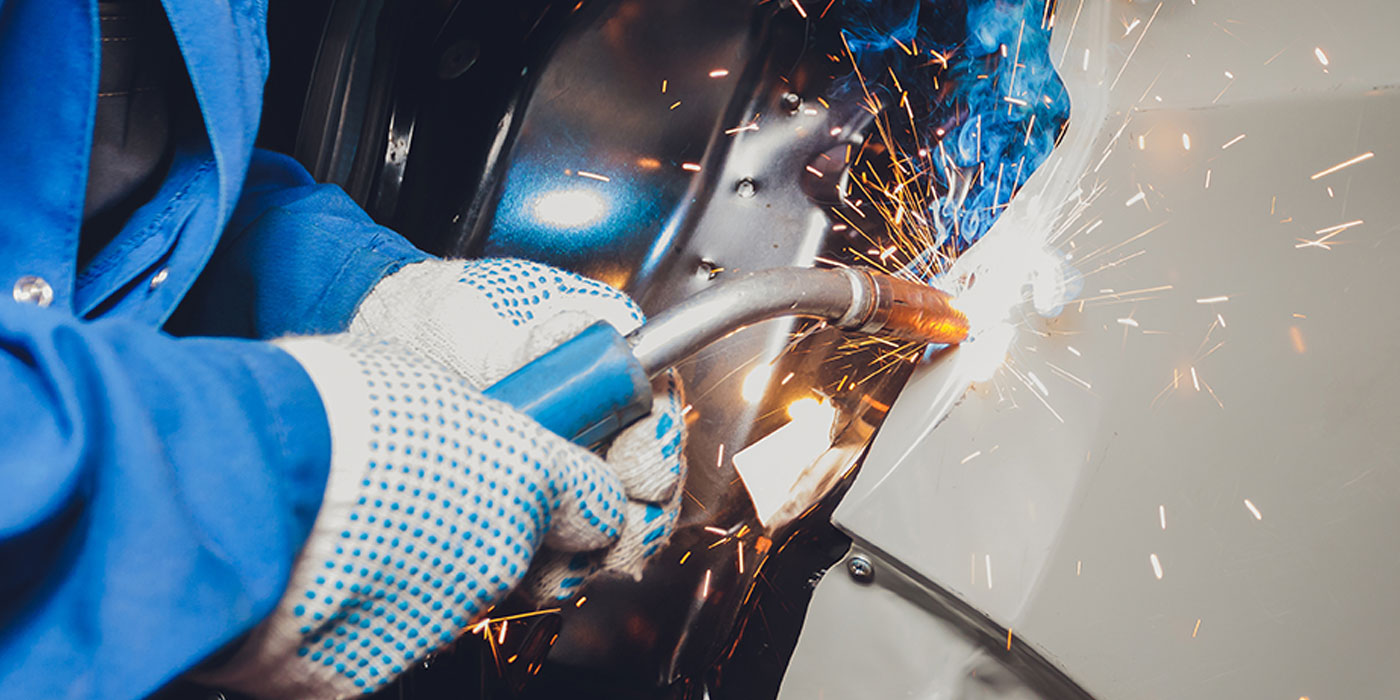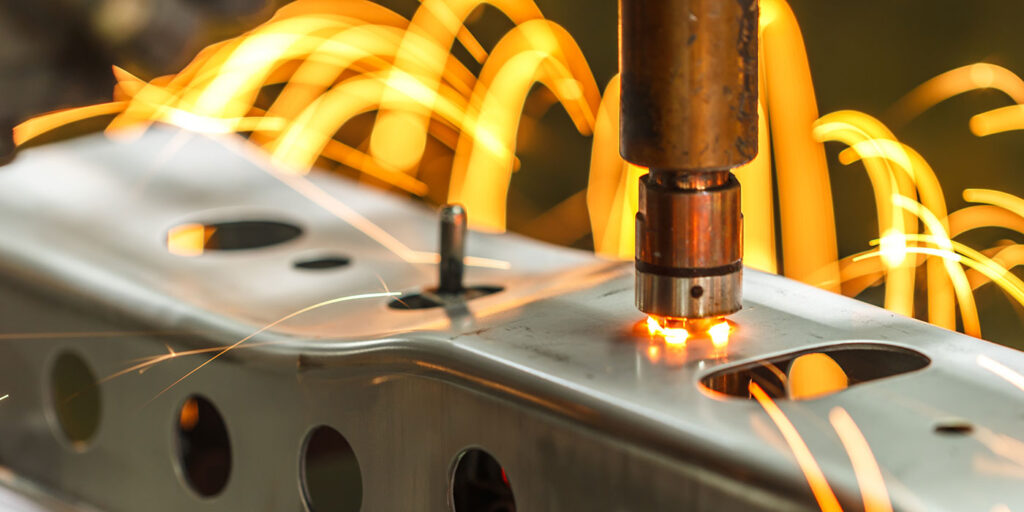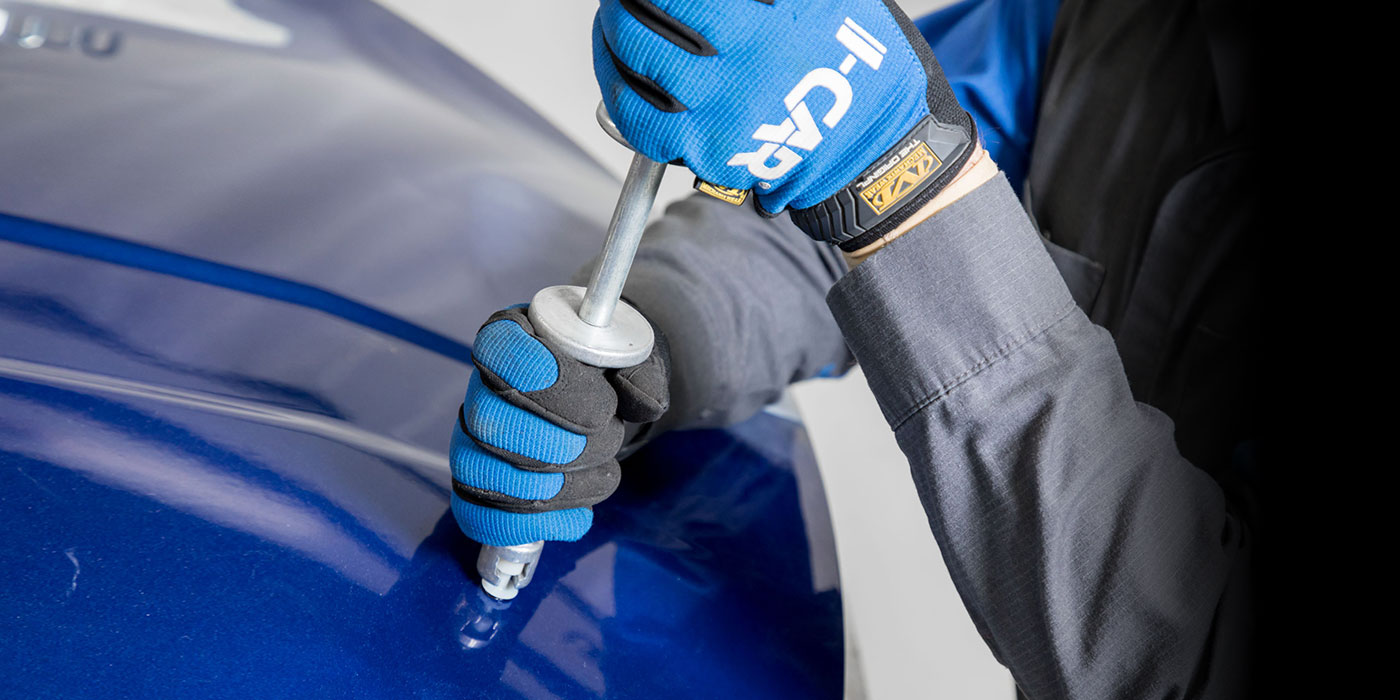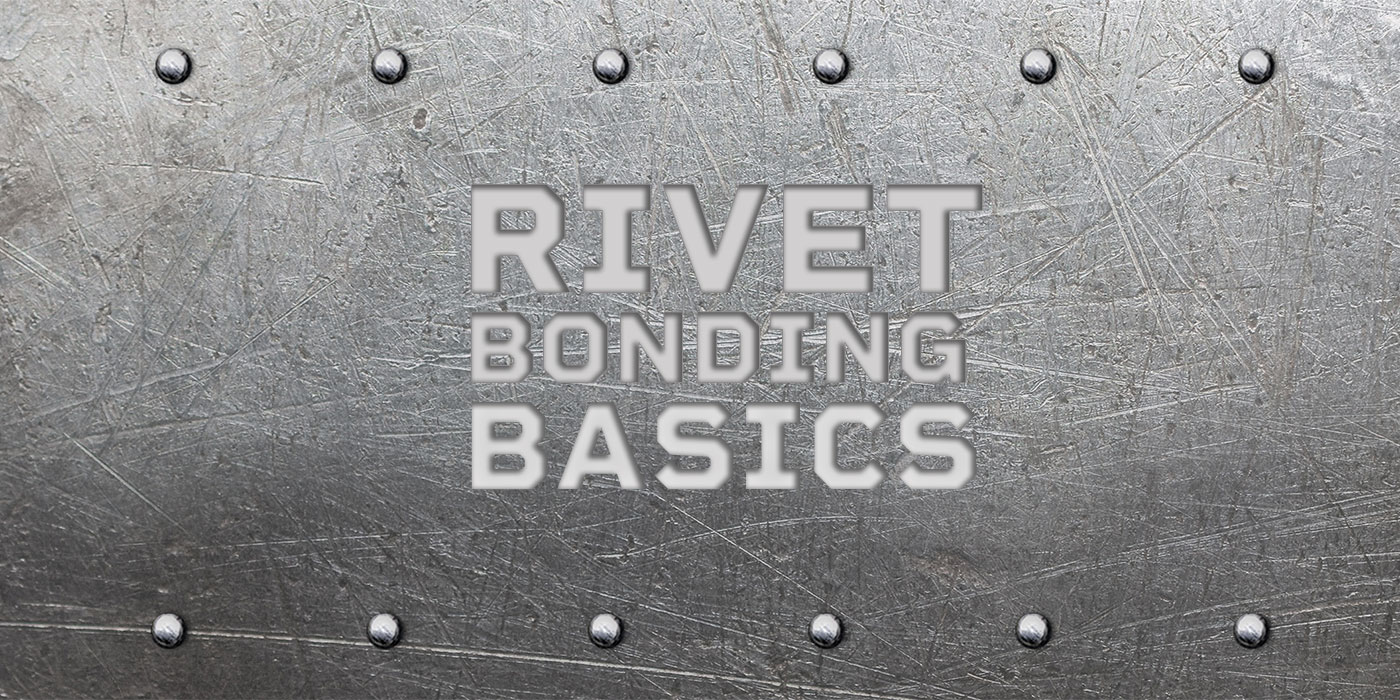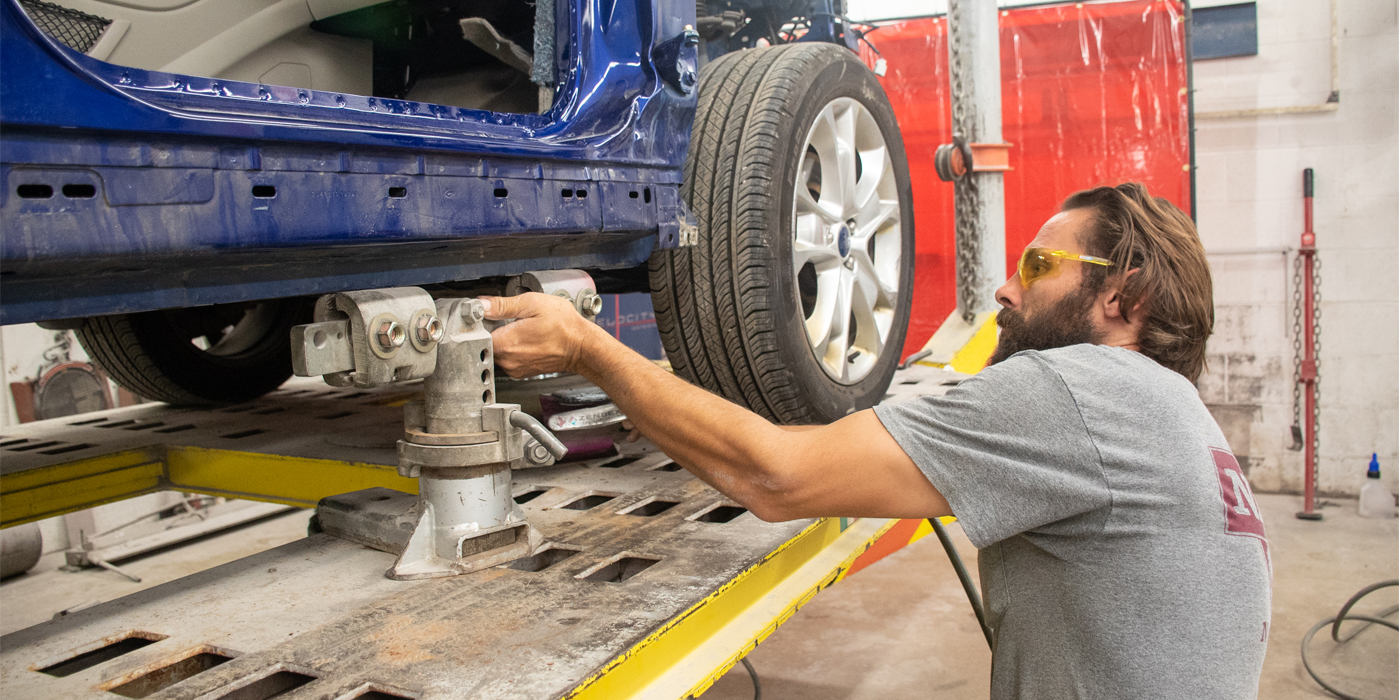Did you know that the Ford Mustang Mach-E SUV’s bumper beams are typically constructed of high-strength or stronger-class steel? And, that if the bumper beam shows evidence of a kink or tear, it is not repairable and must be replaced? Also, that the use of heat to repair these components is not allowed and will result in weakening the component, meaning minor damage may be corrected through cold straightening only?
How would you know this if you didn’t look up the OEM procedures? You wouldn’t. And that’s the point.
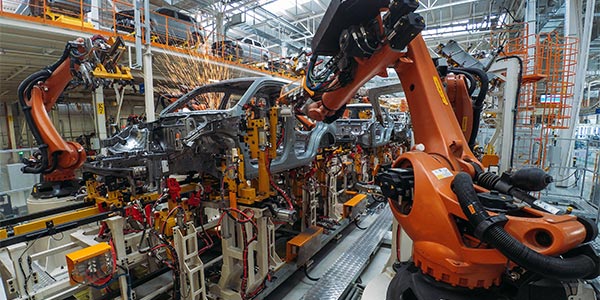
Also, did you know that Nissan vehicles may come equipped with aluminum components that will require specific repair or replacement procedures? These body panels are either labeled as aluminum or marked with an asterisk in the electronic service manual and have specific corrosion protection barriers in place. Replacement of these required barriers will help prevent galvanic metal corrosion, leading to greater durability and overall customer satisfaction.
Don’t know what galvanic metal corrosion is? It’s when two dissimilar metals come in contact and an electrochemical corrosion starts to takes place, resulting in premature part and paint failure.
Many Materials
The fact is that today’s vehicles are made from a staggering number of advanced materials: aluminum, high-strength steel, ultra-high-strength steel, boron, magnesium, carbon fiber, plastic, etc.
To know what materials a vehicle has, where they are and what repair methods are required, you must look up the OEM repair procedures. This information must be included in the repair plan or blueprint, so there is no guessing or scratching of heads later down the road. You do create a blueprint for repair, don’t you? Everything must be mapped out; you can no longer wing it or rely on experience because “I’ve done this type of repair many times before.”
Aluminum
Aluminum is nothing new; in fact, its use can be traced back to the first automobiles that rolled off the assembly line. It’s just that it is being used in vehicle construction more than ever before today — and it’s only going to increase (see electric vehicles).
The Aluminum Association says that today, more than 30 vehicle platforms contain more than 500 pounds of aluminum content. Aluminum saturation in vehicle doors, hoods, trunk lids, body-in-white parts and chassis applications are key areas for the material’s growth. A study by The Aluminum Association found doors as the single highest net growth application of aluminum content per vehicle with penetration reaching 30% by 2026. Also, by 2026, aluminum hood penetration is expected to reach 81% while liftgates/tailgates reach 44%.
As the industry readies for a wave of electrified powertrains and battery electric vehicle platforms, The Aluminum Association says aluminum is emerging as the preferred choice of many automakers thanks to its ability to reduce vehicle weight — extending vehicle range and allowing for heavy components like batteries. A design evolution to multi-material vehicle construction will help drive aluminum’s increased market penetration. By 2026, aluminum content per vehicle will rise by 12% to meet the needs for future hybrid and electric vehicles. Light trucks like the Ford F-150 Lightning are expected to have an average of nearly 550 pounds of aluminum content. Luxury sedans like the Tesla Model S and sports cars like the Acura NSX will boast more than 800 pounds of aluminum content. Leading aluminum manufacturers continue investments in research and development to foster the adoption of new grades, processes and innovations as demand rises.
High-Strength Steel
How is high-strength steel different than mild steel? It protects vehicle occupants better and is lighter, helping with fuel economy. But it is more heat-sensitive than mild steel; thus, it is important to adhere to OEM recommendations on welding. All these new metals have one thing in common: lighter weight and more sensitivity to heat. Their structural integrity could be compromised if they’re exposed to too much heat.
According to the American Iron and Steel Institute, steel currently makes up about 54% of the average vehicle. In addition to its strength, durability and dependability, steel is also the key to recycling a car at the end of its long life — as steel is continuously recyclable. The American steel industry continues to invest in advanced materials and manufacturing technologies that have led to the introduction of a wide variety of new automotive steels. These advanced high-strength steels (AHSS) are strong and lighter and are produced with light life cycle impact, helping automakers decrease a vehicle’s lifelong carbon footprint. This helps auto manufacturers to reduce the mass of vehicles while maintaining safety standards — thereby increasing fuel economy and reducing tailpipe emissions. The use of current grades of AHSS can reduce a vehicle’s structural weight by as much as 25% and can cut total life cycle CO2 emissions by up to 15% more than any other automotive material.
With more than 200 steel grades available, today’s products are six times stronger than those of a decade ago. The steel industry continues to innovate by introducing new grades and manufacturing processes in support of future mobility, which promises to revolutionize the transportation industry through the proliferation of electrified, connected and shared autonomous vehicles. As electric vehicles become more commonplace and battery efficiencies improve, use of advanced grades of steel enable reduced weight, resulting in a greater range from a single electrical charge.

